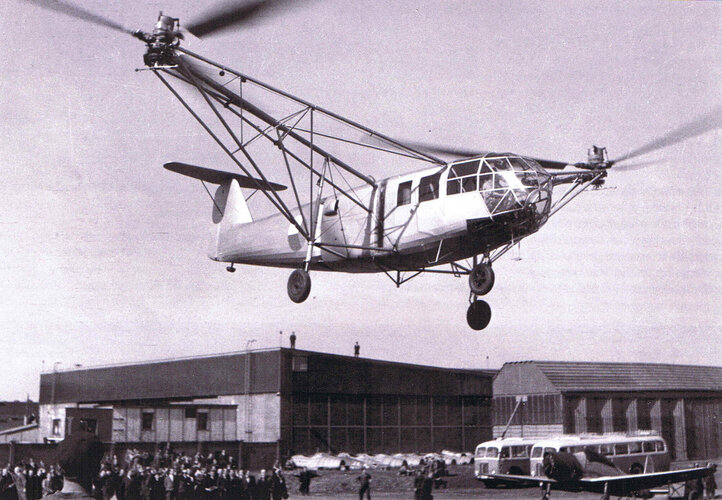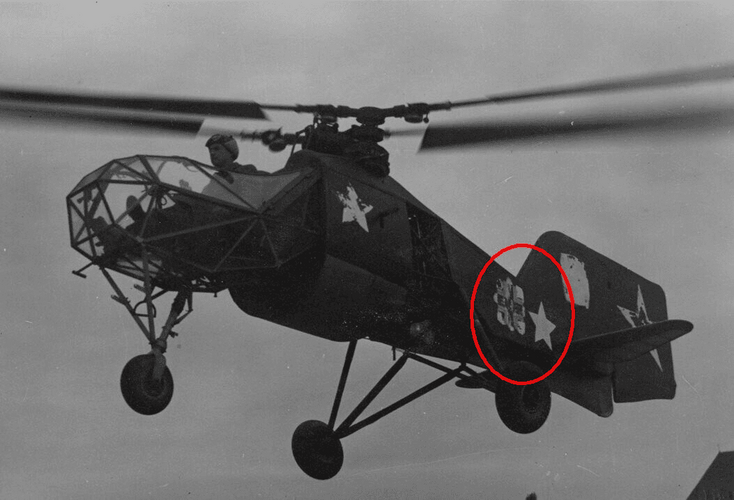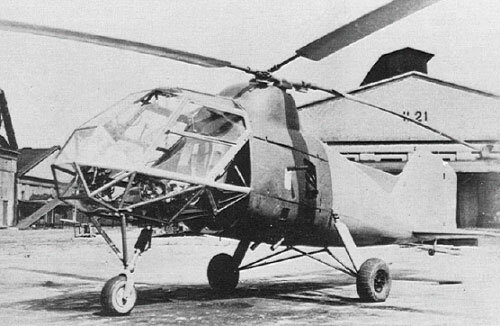You are using an out of date browser. It may not display this or other websites correctly.
You should upgrade or use an alternative browser.
You should upgrade or use an alternative browser.
Great minds think alike
- Thread starter tallguy
- Start date
- Joined
- 29 July 2009
- Messages
- 1,770
- Reaction score
- 2,480
Obviously, the only commonality in the designs are the plexiglass windows and frames surrounding the cockpit.
For an observation aircraft/rotorcraft this greenhouse-style was the best design for the ease of manufacturing in the 1930s-40s. Bubble-canopies did exist in the P-51, P-47, and others, however the amount of work and cost to design molds, ovens, etc., to manufacture the plexiglass canopies by smaller aircraft manufacturing firms with limited production runs resulted in their use of relatively flat panels or moderately shaped plexiglass panels.
For an observation aircraft/rotorcraft this greenhouse-style was the best design for the ease of manufacturing in the 1930s-40s. Bubble-canopies did exist in the P-51, P-47, and others, however the amount of work and cost to design molds, ovens, etc., to manufacture the plexiglass canopies by smaller aircraft manufacturing firms with limited production runs resulted in their use of relatively flat panels or moderately shaped plexiglass panels.
Last edited:
tallguy
I really should change my personal text
- Joined
- 30 January 2012
- Messages
- 111
- Reaction score
- 38
Obviously, the only commonality in the designs are the plexiglass windows and frames surrounding the cockpit.
For an observation aircraft/rotorcraft this greenhouse-style was the best design for the ease of manufacturing in the 1930s-40s. Bubble-canopies did exist in the P-51, P-47, and others, however the amount of work and cost to design molds, ovens, etc., to manufacture the plexiglass canopies by smaller aircraft manufacturing firms with limited production runs resulted in their use of relatively flat panels or moderately shaped plexiglass panels.
They are much more specifically alike than a general similarityObviously, the only commonality in the designs are the plexiglass windows and frames surrounding the cockpit.
For an observation aircraft/rotorcraft this greenhouse-style was the best design for the ease of manufacturing in the 1930s-40s. Bubble-canopies did exist in the P-51, P-47, and others, however the amount of work and cost to design molds, ovens, etc., to manufacture the plexiglass canopies by smaller aircraft manufacturing firms with limited production runs resulted in their use of relatively flat panels or moderately shaped plexiglass panels.
Another commonality is: they are all as ugly as fruck.Obviously, the only commonality in the designs are the plexiglass windows and frames surrounding the cockpit.
southwestforests
ACCESS: Top Secret
- Joined
- 28 June 2012
- Messages
- 758
- Reaction score
- 1,231
Form follows function.They are much more specifically alike than a general similarity
Form will be shaped by the technology available at the time.
What was the three aircrafts function?
What was the transparent materials technology of 1937, 1941, 1943?
What was the condition of the intersection of aerodynamic theory, aerodynamic experience, and aeronautical materials, in 1937 to 1941?
- Joined
- 11 March 2012
- Messages
- 3,251
- Reaction score
- 3,179
A
Abrams O-61 was designed for high-altitude, photo-mapping missions and they thought that the pilot needed lots of windows to visually navigate and stay on course.
The Pitcairn auto gyro and Sikorsky helicopter were both designed as “O” for “observation” missions, hence plenty of windows. They were intended to serve as artillery spotters. The Sikorsky was later adapted as an early flying ambulance.
For comparison, look at the extensively-glazed cockpit gondolas on the German observation planes Blohm und Voss 141 and Focke Wulf 189.
Abrams O-61 was designed for high-altitude, photo-mapping missions and they thought that the pilot needed lots of windows to visually navigate and stay on course.
The Pitcairn auto gyro and Sikorsky helicopter were both designed as “O” for “observation” missions, hence plenty of windows. They were intended to serve as artillery spotters. The Sikorsky was later adapted as an early flying ambulance.
For comparison, look at the extensively-glazed cockpit gondolas on the German observation planes Blohm und Voss 141 and Focke Wulf 189.
BlackBat242
OK, I changed my personal text ;)
- Joined
- 10 April 2013
- Messages
- 1,482
- Reaction score
- 4,302
And the WW2 German helicopters FA-223 and FL-282 (the latter after initially being produced with an open cockpit):A
Abrams O-61 was designed for high-altitude, photo-mapping missions and they thought that the pilot needed lots of windows to visually navigate and stay on course.
The Pitcairn auto gyro and Sikorsky helicopter were both designed as “O” for “observation” missions, hence plenty of windows. They were intended to serve as artillery spotters. The Sikorsky was later adapted as an early flying ambulance.
For comparison, look at the extensively-glazed cockpit gondolas on the German observation planes Blohm und Voss 141 and Focke Wulf 189.
FA-223:

FL-282 (first with partial glazing - note US Army test pilot for late 1945 checkout, then with full glazing):


Similar threads
-
Get your favourite project modelled by Jozef Gatial!!!
- Started by overscan (PaulMM)
- Replies: 32
-
-
-
-
Looking for your insight/knowledge into the French AMX-10P ICV
- Started by Pioneer
- Replies: 0
